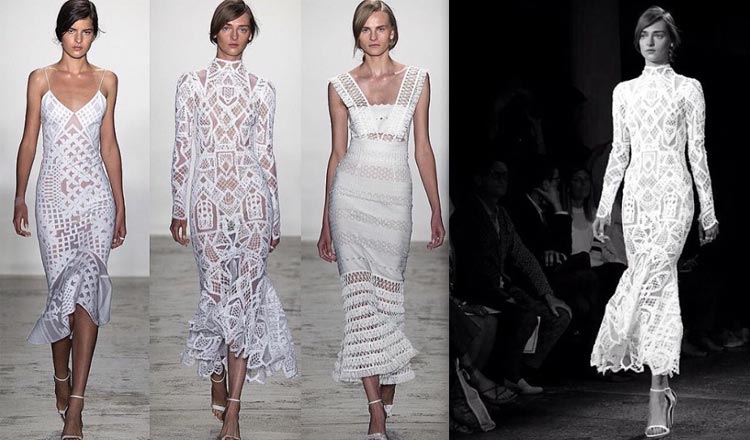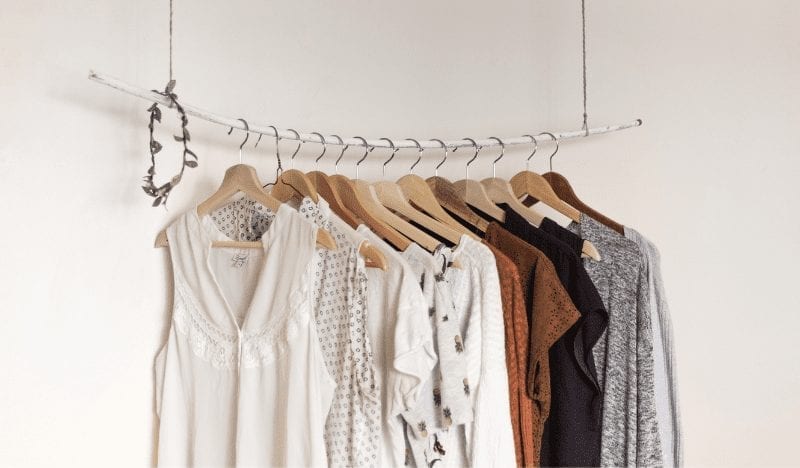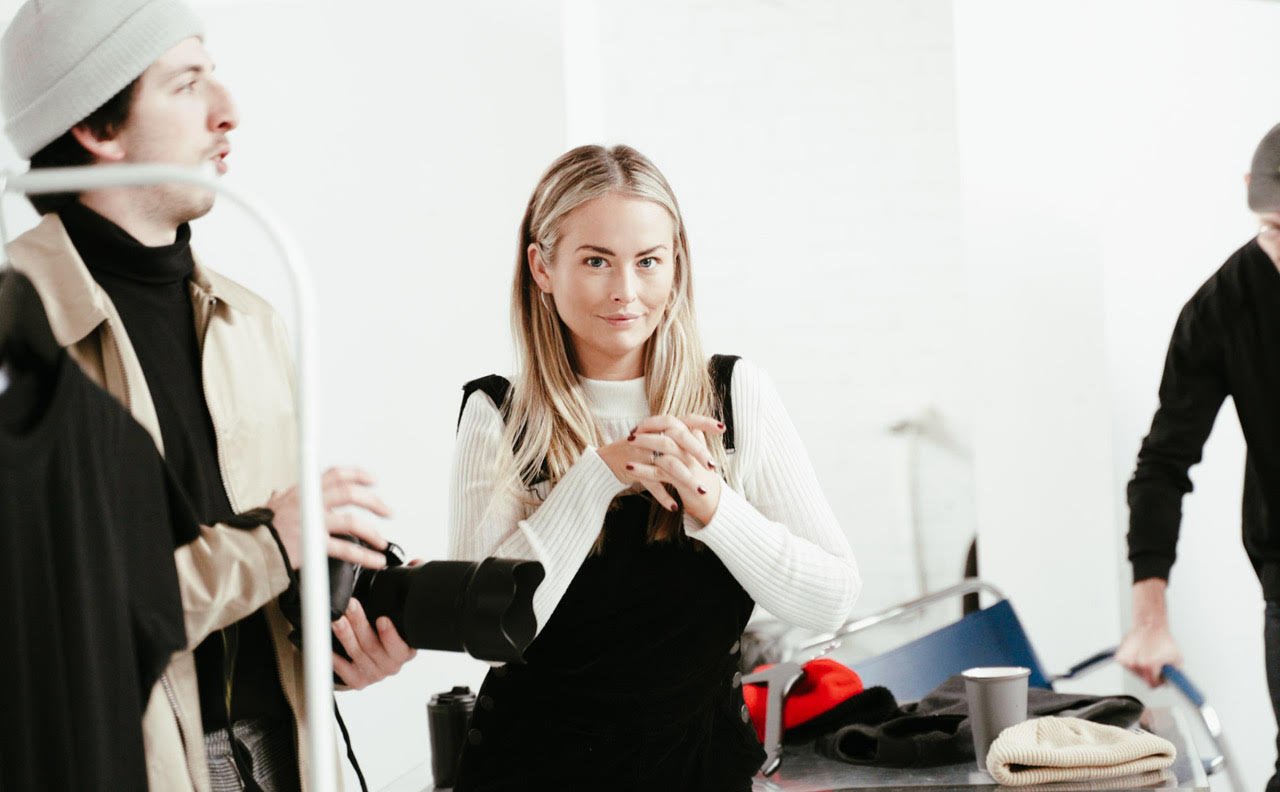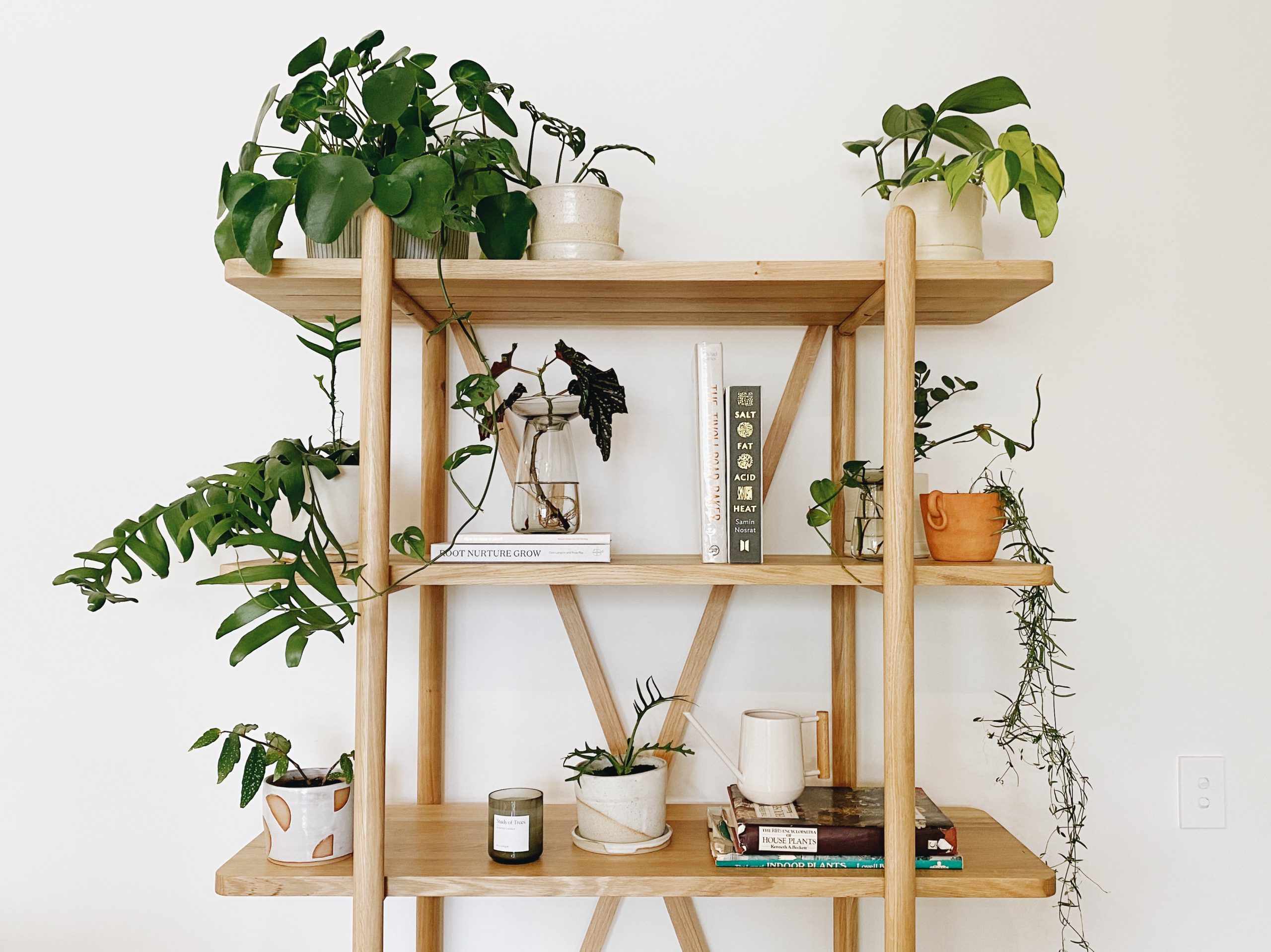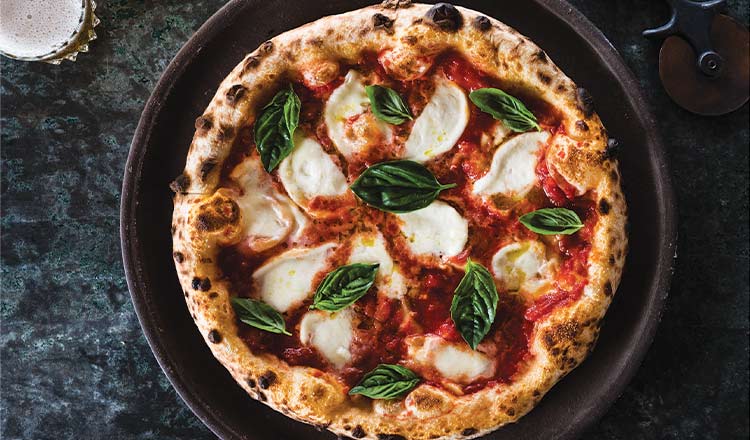We’ve been all there. You return home from a mammoth shopping expedition and excitedly go to hang all your new clothes, only to find they look oddly similar to everything else already in your wardrobe.
Or you buy a gorgeous black dress, convinced you’ll never need to buy a black dress again, only to have an Instagram ad pushed at you for a black dress that you like even more than the one you just bought.
Dilemmas.
Aside from the blow to your budget, it’s important to grab ahold of all this same same shopping because of the damage it’s doing to the environment. The over-production and over-consumption of clothes is one of the many reasons why fashion is cited as one of the most polluting industries around.
Clothes shopping more intentionally and more mindfully is one of the easiest ways to live a more sustainable life.
So – back to this problem where you keep buying the same dress.

Australian Style Institute founder Lauren Di Bartolo told The Carousel repeat buying is one of the negative behaviour cycles she and her team frequently identify in clients, and it’s one of the biggest contributors to clothing waste.
This is the part of your brain responsible for repeat buying
Lauren says it’s all due to the Reticular Activating System, a filter that our brains naturally create to reinforce existing thought processes.
“This means we are naturally drawn to similar styles and colours rather than thinking more
critically about whether a garment will actually serve us or benefit us more long term,” Lauren said.
“The more conscious we are as we shop, the better. For consumers looking to start a sustainable fashion journey, start with a critical look at what your needs are for a certain piece of clothing before buying. This means considering what we’re buying for, what’s missing from our existing wardrobe and clarity on where we can find this – before we step out the door.”

How to arrest repeat buying
“Take some time to carefully go through each item in your wardrobe and acknowledge what you already have,” Lauren said.
“Write down a list and from there, identify the gaps. For example, you might have multiple pairs of the same black or tan pants but no white shirts – which is something that could be a day-to-day staple for you.
“This arms you with two important pieces of information before you ‘checkout’ any new item – that you have more than enough black pants but you have no tops to wear them with. So you’re forming an awareness of your frequent repeat purchases and highlighting areas being neglected.
“Now you can shop with a specific goal or item in mind, without getting caught up in a bargain piece you don’t actually need.
“From here, you can work on building some great new outfits from existing items in your
wardrobe. This is where you may notice some fundamental items you may be missing, and it’s
prime time to make that second list of items where you should be investing your money.”

Other fun, more sustainable fashion-focused things to do instead of repeat buying
- Build a capsule wardrobe.
“Aiming to create a capsule wardrobe is also an ideal way to form a system that works,” Lauren said.
“By creating a capsule wardrobe you’re building a collection for you. This could be as little as 25 or as many as 50 individual garments that can be mixed and matched with each other. Aim for timeless pieces and consider a neutral colour scheme which can easily be elevated with accessories.”
Read: We love The Curated Closet and The Capsule Wardrobe for a step-by-step guide to building a capsule wardrobe.
Upcycle
“Upcycling fashion is another fun way to get creative whilst putting a stop to the repeat
buying issue,” Lauren said. Regardless of whether you can sew or not, there’s plenty of ways to upcycle preloved pieces. One of my go-to designers for some next level inspiration is Nicole
McLaughlin. Her creativity brings a fresh take on often disregarded items and she’s created
a celebrity following in the process. She shows us there is really no limit to what we can
create when we upcycle.”

Now you’re on your way to curating both a more definitive personal style and an eco-conscious wardrobe.


